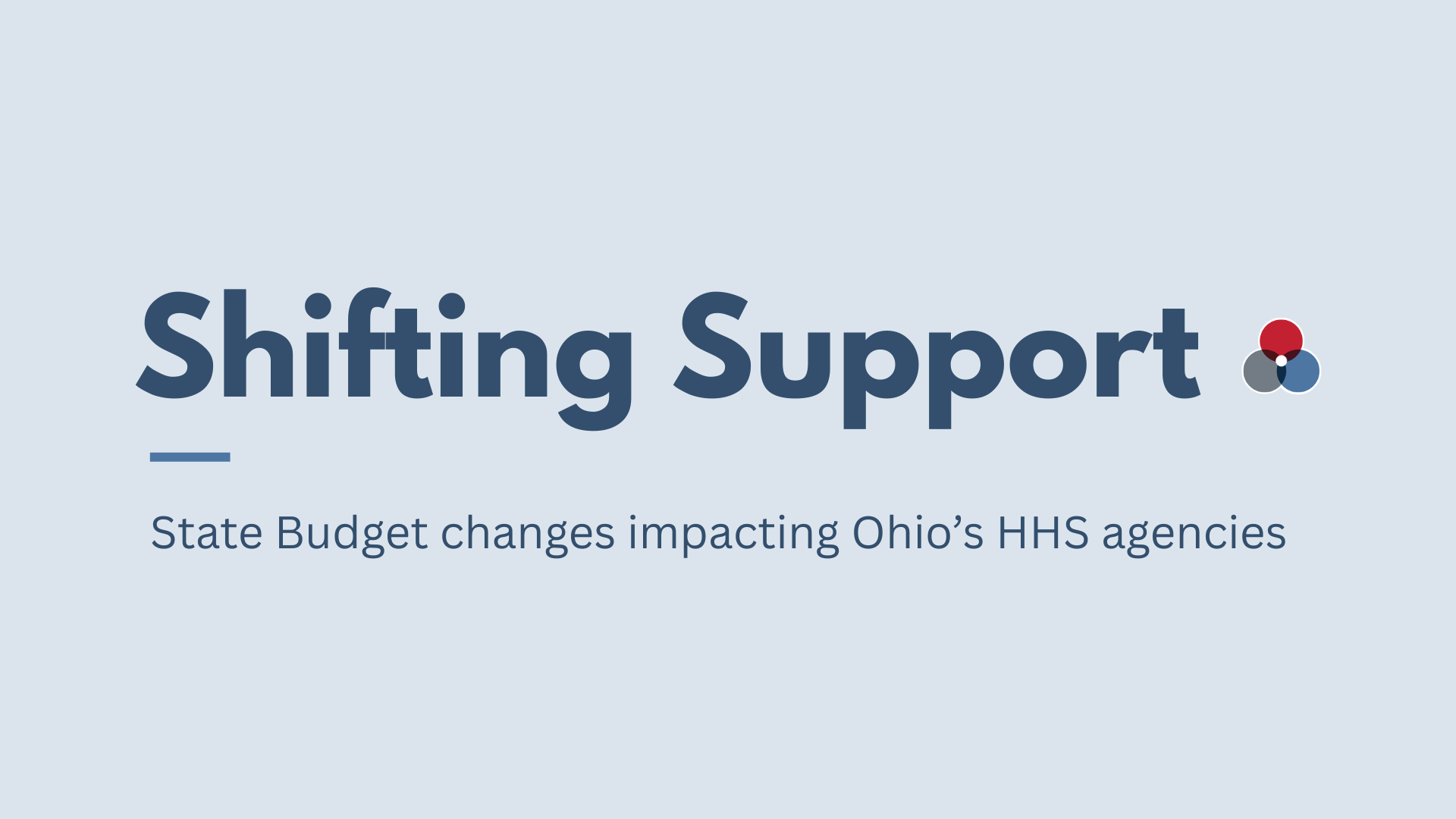Seventy-five percent of the total investments in health and social services in Cuyahoga County came from public sources. This includes state and federal spending allocated by the state of Ohio and local dollars generated by property tax levies.
The Supplemental Nutrition Assistance Program, or SNAP, is funded through a program match between state and federal funding. It provides about $270 million every month in direct benefits for Ohio residents.
Health and human services funding is instrumental to offering a safety in Ohio, and over the years, we’ve contributed to just about every foundation, nonprofit, initiative, and government agency in town that works on health and social services. But how does is work?
Ohio's health and human services are funded by four different sources.
Nearly $30 billion was invested in health and social services in Ohio in 2023. Funding from federal and state governments, county property tax levies, and philanthropic grants support initiatives to promote public health and support human wealth. What is the scope of this investment, and where does it go?
Federal dollars are the largest portion, but the least flexible
Funding originating at the federal level accounted for 62 cents of every dollar invested in health and social services in Ohio in 2023. While the amount is large, federal funding is the least flexible, and strings carry through state allocations to local entities.
State funding is flexible but is often tied to a federal program
More than $1,900 per person in health and social service investments were allocated through the state budget process. Gallia, Pike, and Scioto counties received the most per capita. The process to develop the next state budget has already begun.
County levy funds are aimed at making the greatest impact to the community
Ohio’s voters have been generous in recent years, passing most of the health and social service county property tax levies that have been on the ballot. Voters will decide on 61 health and human services levies in the 2024 general election. Every county has at least one levy that supports vital services for children, older adults, public health, and people with disabilities.
Philanthropic funds are the most flexible, no voter approval required
Entities in Ohio received $2.6 billion in philanthropic grants in 2022. These resources are the most flexible, used to fill gaps left by government funding, invest in innovation, or target specific local or emerging needs.










